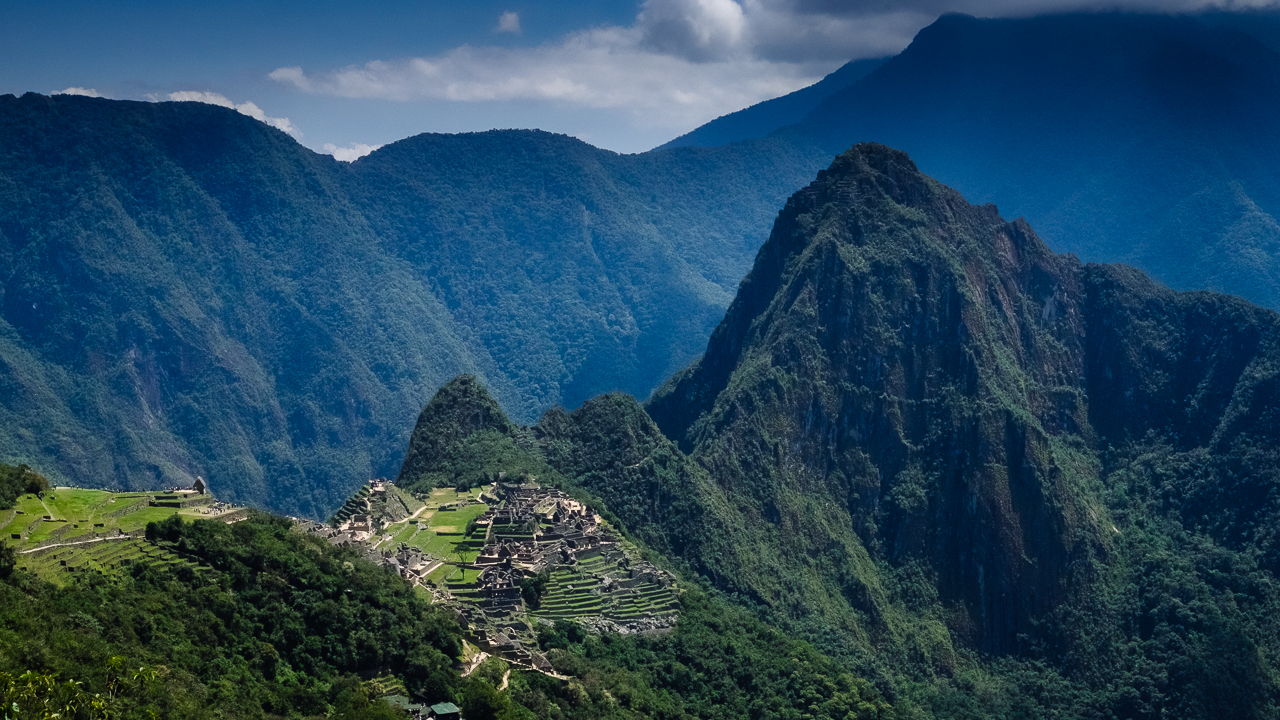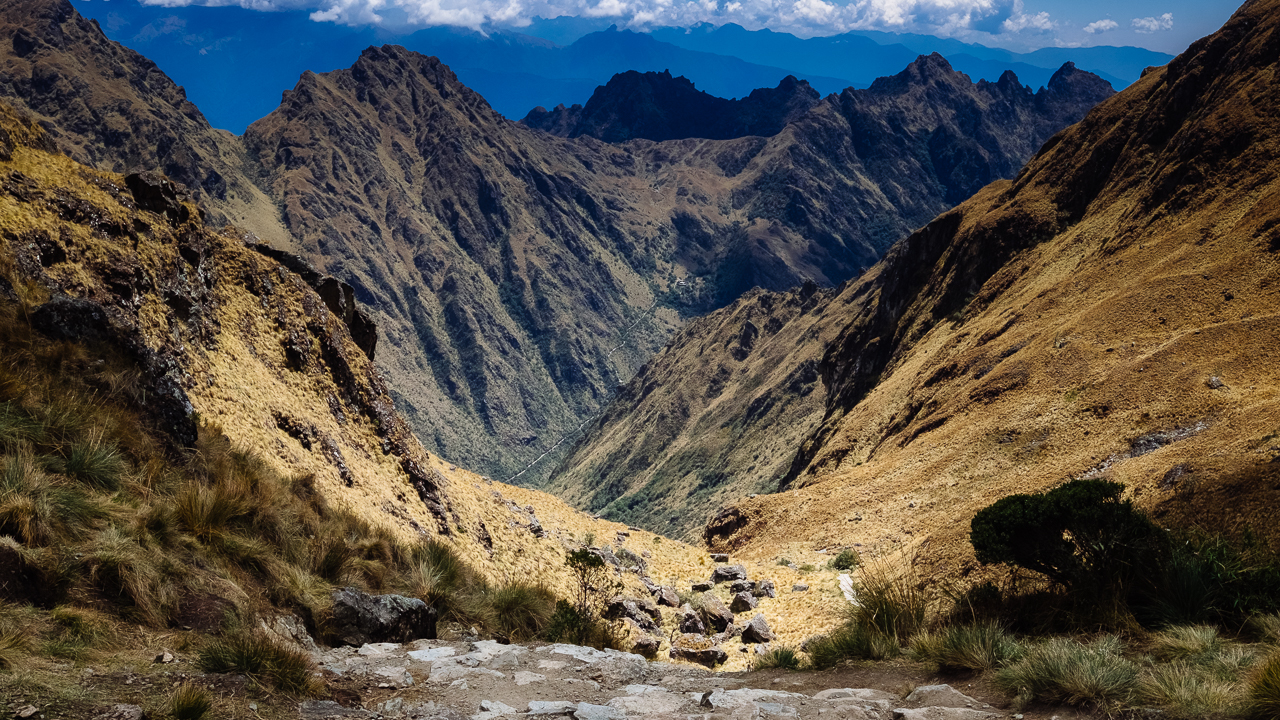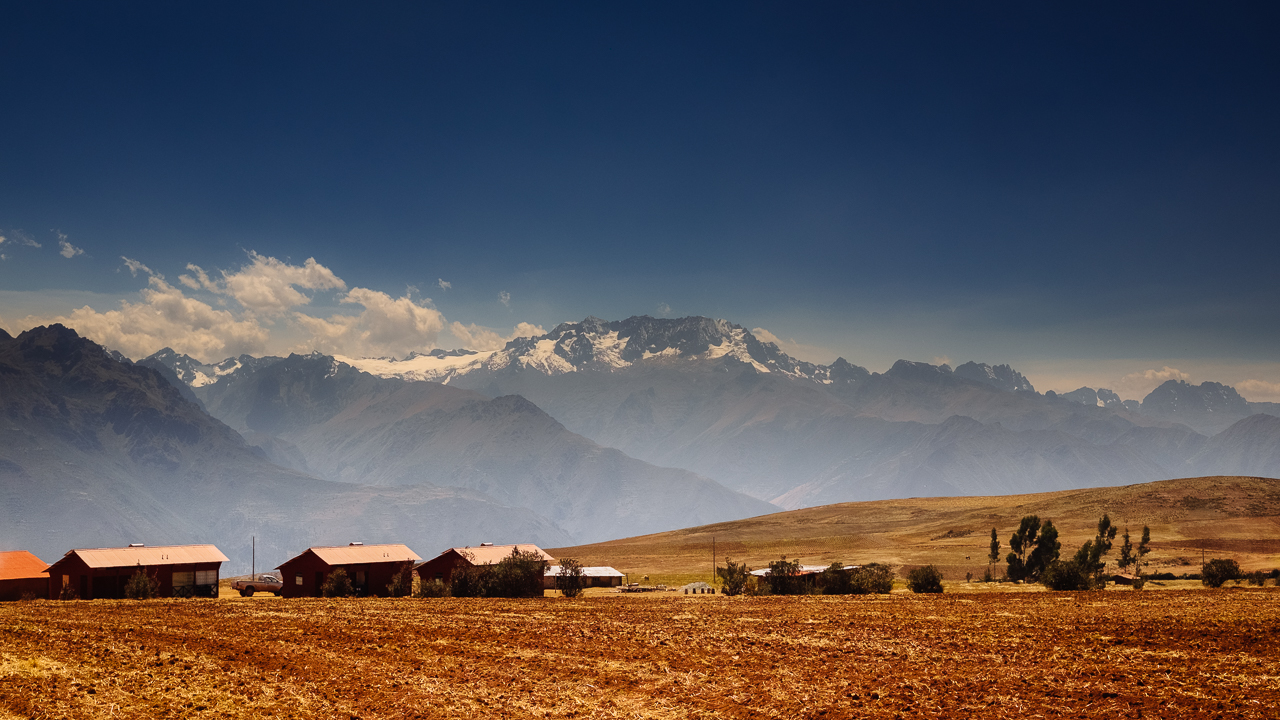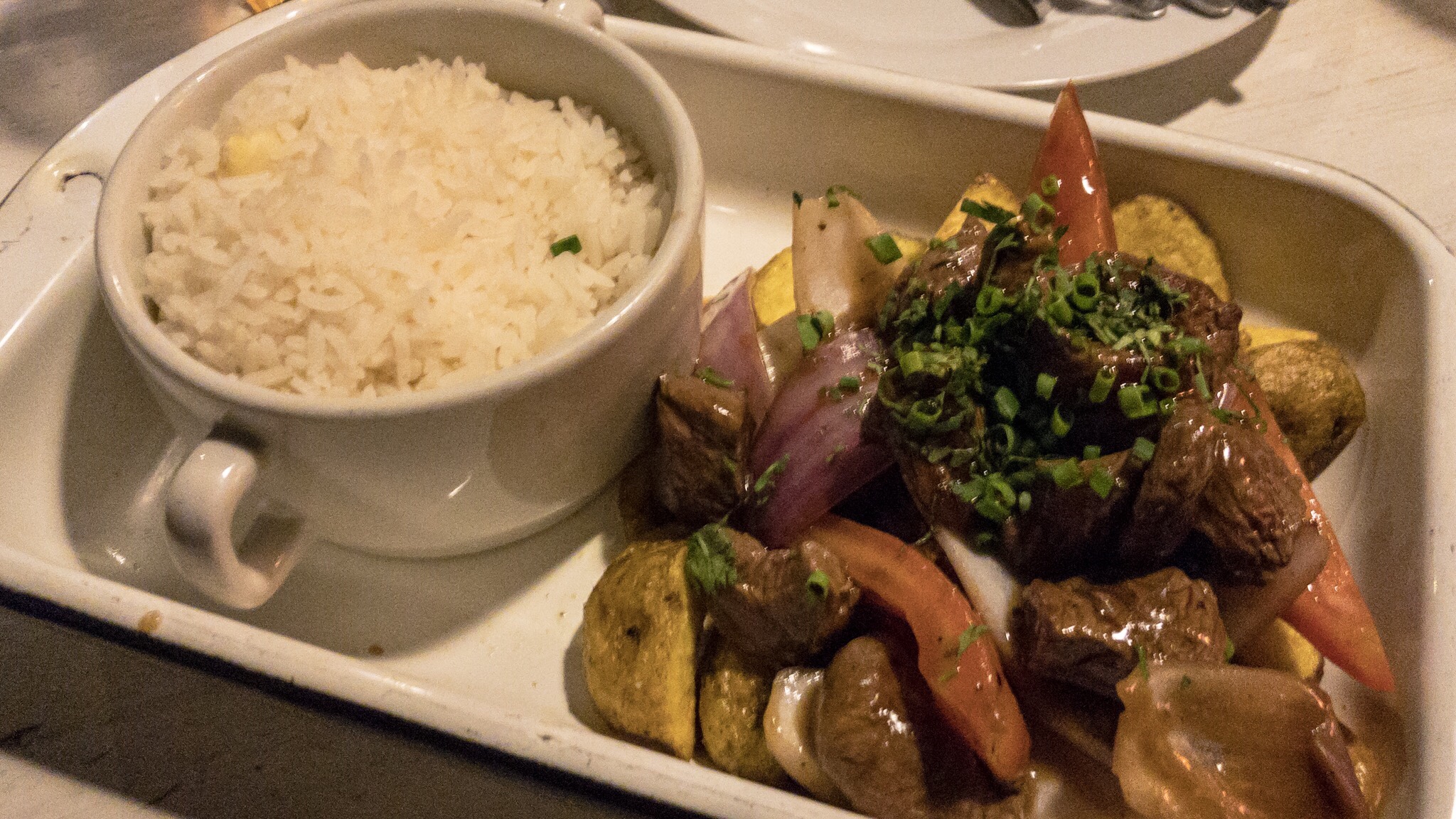Hi !
Final day of this epic journey to the world’s 7th wonder, the Machu Picchu, it is also the most relaxed one. Only about 6 km to walk, mostly flat (or Andean flat, which means a bit up or a bit down).
Hiram Bingham discovered the Machu Picchu before he found the trail(s) leading to it. After cleaning up the Machu Picchu, he followed a trail and found the Sun Gate, and kept following that trail a uncovered the Inca Trail as we know it today. Then the consensus was that there was only one path to Machu Picchu, though by now 7 more have been found, going in various directions.
Arriving at the Sun Gate is a magical thing. First because there’s a horde of regular tourists who came by the bus station, and they only can have this view by hiking up the gate. Second because the view is just insane, though here apparently we were exceptionally lucky to have another crystal clear blue sky.
Of course, when you continue from the gate to the Machu Picchu, the magic goes away for you realise you are now one of the 3000 other tourists there. The feeling is weird as having done the walk to get to enjoy it, I sort of felt more entitled than the rest of been there… however the only advantage I had was that I could just scream that I haven’t shower for four days to get some space when the crowed thickened.
This journey was by far the best trekking I’ve done in my life… Sure this is not a private and true nature experience, but walking through this incredible landscape, on a road build some 600 years ago, passing through ruins and feeling the glorious past of the Incas is just plain awesome.
Enjoy (or not) and stay tuned !







